Sam van Aken: Streuobstwiese
September 12–December 9, 2017
Sam van Aken: Streuobstwiese
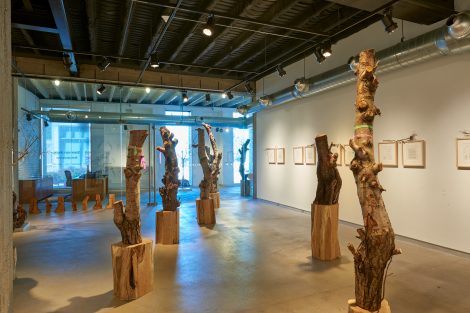
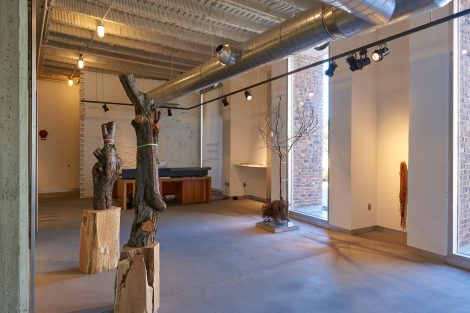
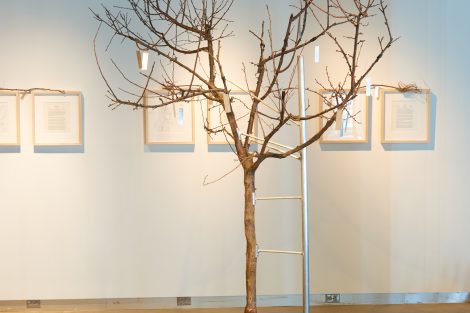
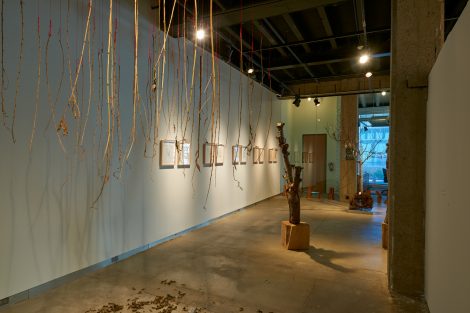
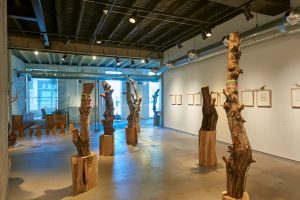


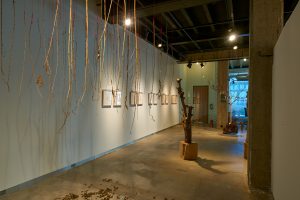
At its best, art changes the way we look and act within the world. The Streuobstwiese attempts to change the way we see and be, how we engage and interact with that world. The Streuobstwiese is public art as a form of re-placemaking, a collection of un-contemporary practices addressing very contemporary concerns while generating metaphorical potentials.
Sam van Aken’s gallery installation is a tantalizing introduction to Streuobstwiese, van Aken’s project to establish orchards of heirloom fruit trees. Streuobstwiese (pronounced (strī-oːpst-vēzə), sixteenth-century German for “community-owned, meadow orchard,” evolves out of van Aken’s “Tree of 40 Fruit” projects in which heirloom orchards were preserved by collapsing them onto a single tree through the process of grafting. The Streuobstwiese “explodes” the “Tree of 40 Fruit” to create an orchard of individual antique fruit trees. The exhibition includes fruit trees removed from soil, exposing branch and root structure; van Aken’s botanical illustrations; herbariam specimens, sanded stone fruit tree stumps that show the transition at the juncture of graft and trunk; and peach “whips” suspended from the ceiling.
This experiential setting is simultaneously aesthetic, community-based, educational, research-oriented and, ultimately, a form of conservation that attempts to address threats to food security and loss of diversity, preserving not just agriculture but the culture that surrounds these increasingly forgotten fruits.
DARPA and Food Insecurity
The primary aim of Streuobstwiese is to reintroduce heirloom and antique fruit varieties as well as traditional methods of growing them. Due to numerous factors, including the rise of monocultures, the industrialization of agriculture, and a population that is increasingly losing contact with agriculture and the production of their food, we find our food sources becoming narrowed and homogenized with only a few different varieties of vegetables and fruits being industrially grown across huge swaths of the United States. Ultimately this poses not just a threat to the diversity of foods available on the table but is a major national security threat. The Defense Advanced Research Projects Agency (DARPA) of the Department of Defense has identified the lack of food security as a threat to the country. According to DARPA, “Agricultural food production is a fundamental human activity that contributes to defense preparedness, social stability, and economic vitality. However, food production can be jeopardized by natural and man-made threats such as viruses, pests, fungi, herbicides, drought, pollution, salinity, flooding, and frost.” If, for example, commercially grown varieties contract a virus or fungus, which commonly occurs, it could devastate the food supply.
“Archive” Orchards and Stone Fruit Diversity
Traditionally, the land grant universities and their respective agricultural experiment stations promoted food diversity and protected against such threats. Each of these state institutions would have numerous “archive” orchards, each growing different types of peach, plum, apricot, nectarine, and cherry that individual homeowners and regional growers could try and then introduce. But, due to cuts in federal and state funding no state or university orchard of plums and apricots currently exists in the United States other than a single USDA site in California, and no peach orchard outside of Georgia or California. Complicating the issue is that the seed produced by fruit trees is a genetic variant of its parent so specific cultivars cannot be preserved in a seed bank or by germplasm but must be grafted onto rootstock of a living, compatible tree to preserve them. Fulfilling the mission of the agricultural experiment station, the Streuobstwiese aims to become the archive of these heirloom and antique fruit varieties, preserving the genetic material by growing these trees so that if a disease devastates one of our fruit industries we will have the parent variety, the genetic material to replace or recreate it.
Monocultures
In addition to addressing the threat to industrialized agriculture, the Streuobstwiese attempts to reconsider this very industry. The majority of fruit that is currently produced is not grown for taste or nutritional value. In fact, the varieties are grown because they can keep up to two or more weeks while being transported across the country, or due to their grocery display characteristics of serving size and color with taste or effect on those who will consume them coming as a distant afterthought. By way of capital, commerce, and a reliance on fossil fuels, we find ourselves eating bland foods that in many cases are harmful to us.
Streuobstwiese as an aesthetic experience
Through such events as blossom parties, fresh-eating tours, and harvest festivals as well as workshops on traditional, organic means of growing heirloom and antique fruits that predate industrial agriculture, the Streuobstwiese is an educational and community site that serves as a resource for individuals and growers. It provides the materials and techniques for them to reintroduce healthier fruit that has been grown for centuries because of its taste.
Beyond its more practical aims, the Streuobstwiese is an aesthetic experience—visual, olfactory, and gustatory. It can be experienced through the senses and as a “park” becomes a setting. Furthermore, it preserves culture itself. Our history and culture are embedded within food, and each of the individual fruit varieties in the Streuobstwiese reveals a history. From the plums brought by Italian immigrants to the United States in the nineteenth century to peaches originally planted in the first Spanish missions in South America, then brought northward by Native Americans who propagated the trees for centuries, to apricots brought by Chinese immigrants who came to the country to work on the transcontinental railroad, the Streuobstwiese is a time machine that lets us taste foods that in some cases are a millennia old. It is a mnemonic site that preserves diversity in the age of industrial and manufactured food.
Karl Stirner Arts Trail and the Tree of 40 Fruit
In November 2016, van Aken was joined by members of the Lafayette and Easton communities on the Karl Stirner Arts Trail to plant a Stanley Prune Plum (Prunus domestica). This tree will serve as the base. Over the next three years, budstock from 40 different heirloom and antique stone fruit trees will be collected from local orchards and grafted onto the base to create a unique “Tree of 40 Fruit” for Easton.
Sam van Aken, born and raised in Reading, Pa., grew up on a small dairy farm surrounded by cherry and peach orchards. His multidisciplinary practice includes sculpture, video, and installation art, exploring the intersections between nature and culture. He is the 2017 Detwiller Visiting Artist and the Karl Stirner Arts Trail Artist-in-Residence. Streuobstwiese is presented in conjunction with the Stirner Arts Trail “Tree of 40 Fruit” project. Van Aken iis Associate Professor of Art at Syracuse University. He is represented by Ronald Feldman Fine Arts in New York
Additional information is available at his interview with National Geographic his 2016 TedTalk,
Sam van Aken’s exhibition and talk are funded in part by an an arts infusion grant from the Andrew W. Mellon Foundation.


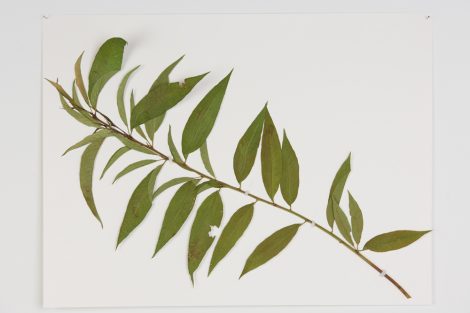
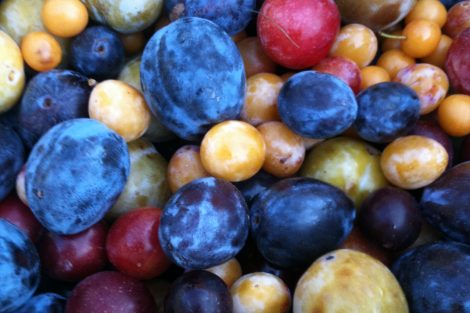
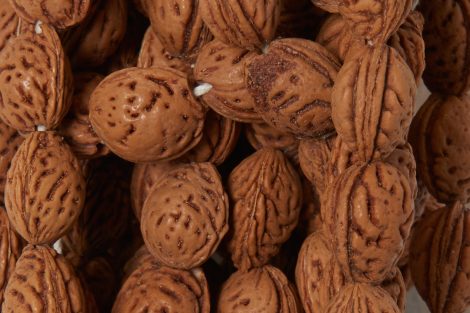
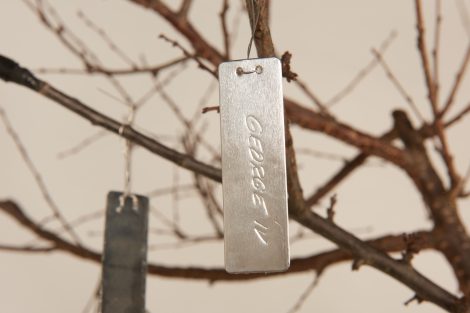
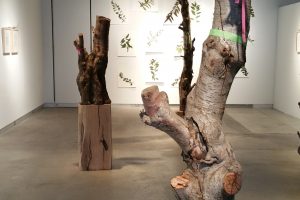
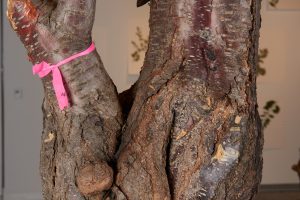
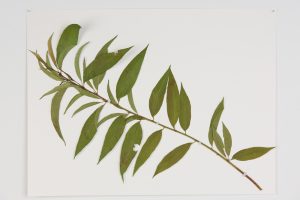
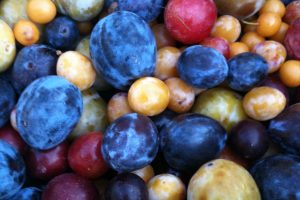
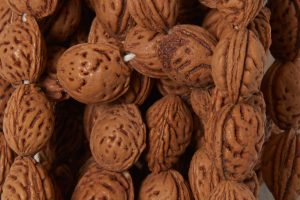

Grossman Gallery